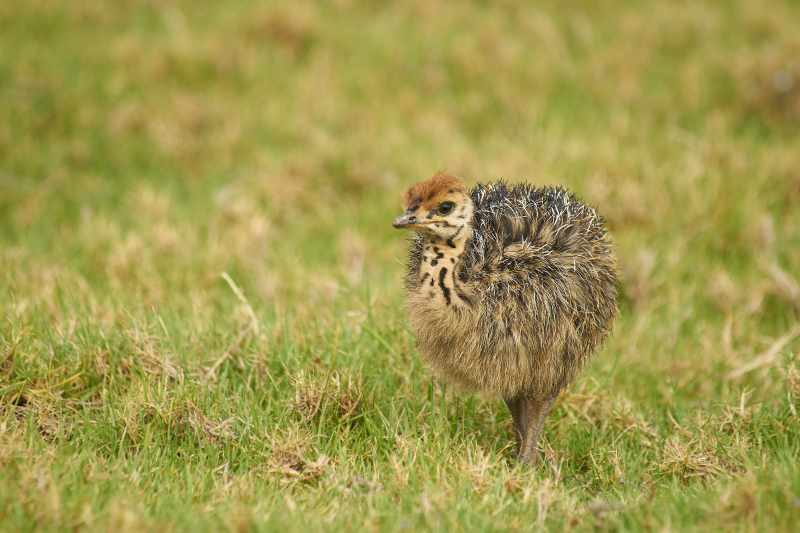Kiwi Bird
In the realm of common animals that start with the letter "K," the Kiwi bird stands out as a remarkable avian species with distinctive characteristics and an important role in New Zealand's cultural identity. Although small in size, the Kiwi bird possesses a unique set of features that contribute to its charm and significance in both the natural world and human heritage.
The Kiwi bird, belonging to the genus Apteryx, is a small, flightless bird native to New Zealand. Its most distinguishing feature is its long, slender beak, which is adapted for probing the forest floor in search of insects and invertebrates. Despite its avian classification, the Kiwi has vestigial wings, rendering it incapable of flight. Instead, it has strong, muscular legs, and its dense, shaggy brown feathers contribute to its endearing, teddy bear-like appearance.
One of the Kiwi bird's notable characteristics is its nocturnal lifestyle. Unlike many other birds, the Kiwi is adapted to forage for food during the night, relying on its keen sense of smell to locate prey in the darkness. This unique behavior has evolved as a survival strategy to avoid predators that are more active during daylight hours.
The Kiwi bird holds a special place in New Zealand's cultural heritage, serving as a national symbol and emblem. Its significance goes beyond its biological traits, becoming a symbol of the country's unique biodiversity and the need for conservation efforts. The Kiwi's image is commonly used to represent New Zealanders, who are colloquially referred to as "Kiwis."
There are several species of Kiwi, each with its unique features. The North Island Kiwi (Apteryx mantelli), the Little Spotted Kiwi (Apteryx owenii), the Great Spotted Kiwi (Apteryx haastii), and the Rowi (Apteryx rowi) are among the distinct species, each adapted to specific habitats across New Zealand.
















